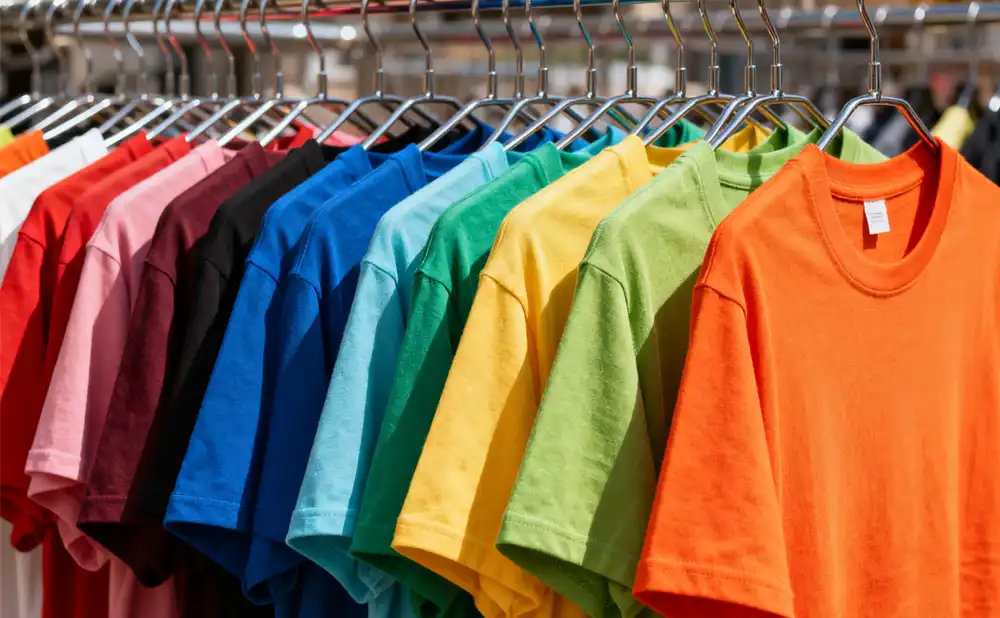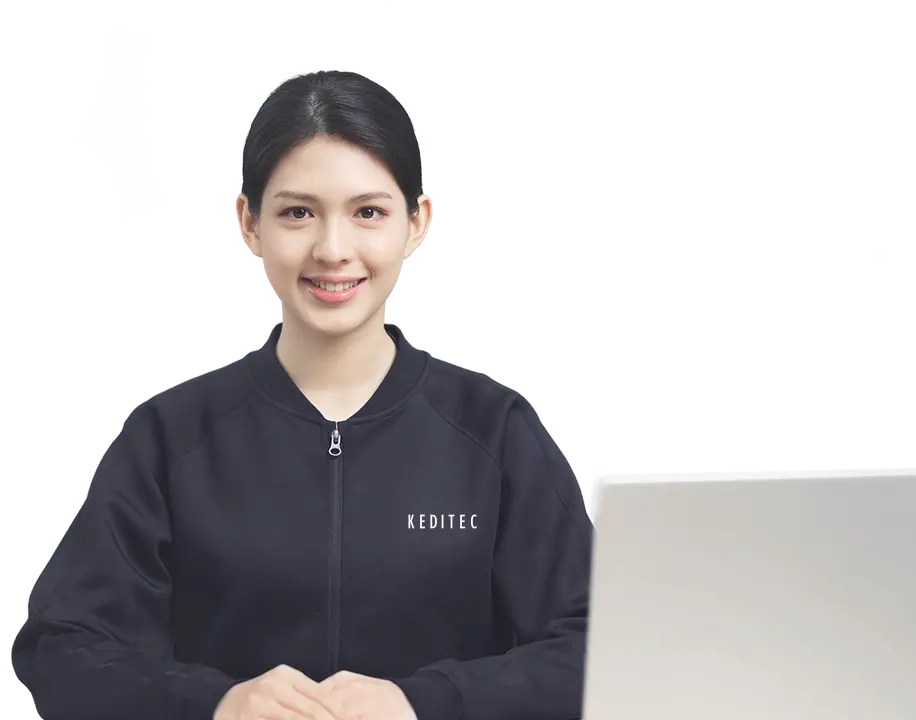If you want to do T-shirt printing in 2025, whether you’re opening a small custom shop or making a few exclusive T-shirts for yourself, you no longer have to struggle with “which technology is the best” — now it’s more about “choosing the method based on your needs”. After all, different fabrics and different order quantities call for vastly different suitable printing methods.
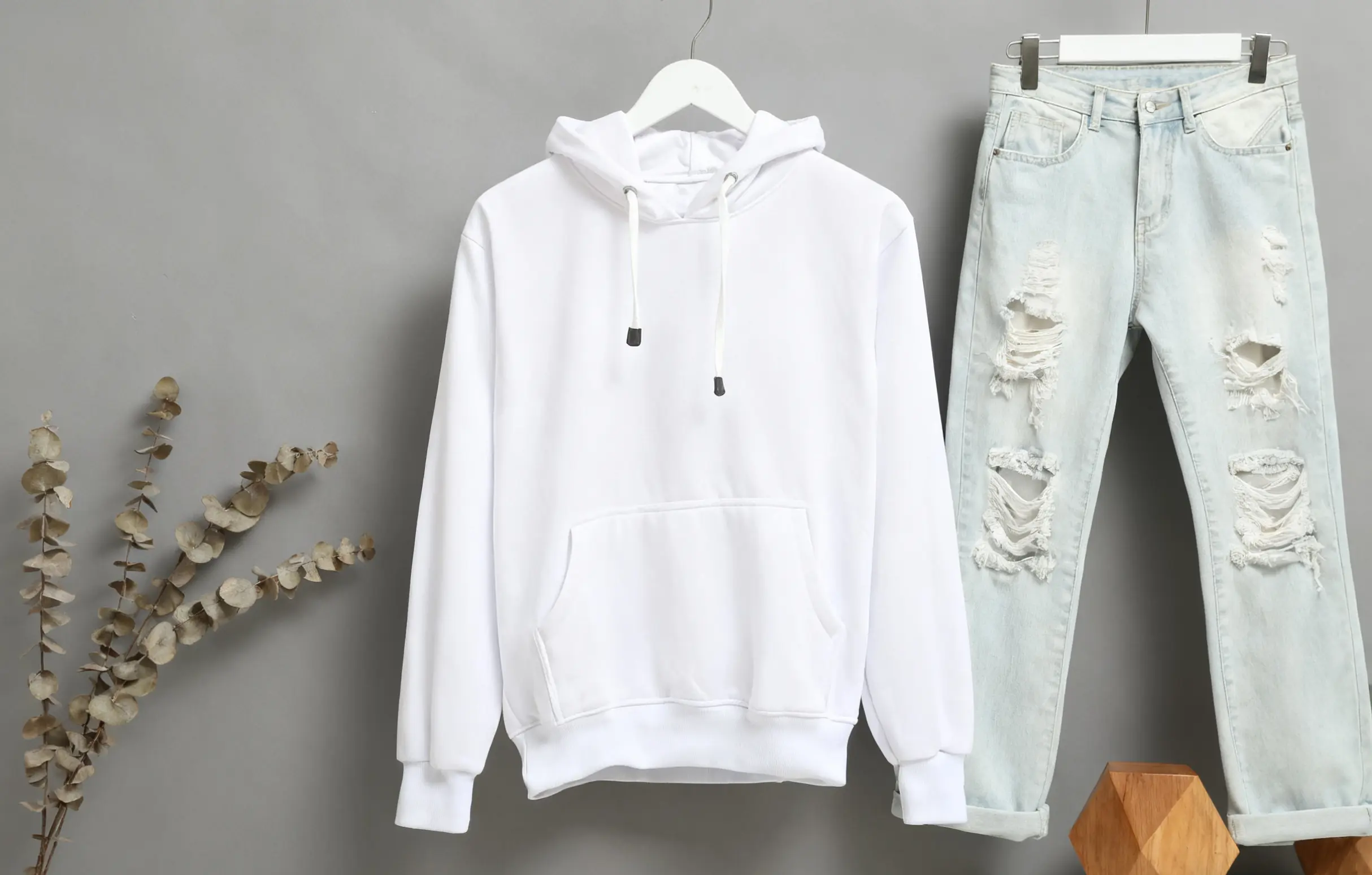
This content starts from industry trends, moves on to specific technologies, and then sets up a selection framework for people with different needs. There’s no need to remember complicated terminology; you just need to find the right fit based on your own needs.
1, understand the 3 major trends in T-shirt printing in 2025
Nowadays, doing printing is not just as simple as “printing a pattern”. You need to know these three trends first; otherwise, you’re likely to run into problems:
1)Environmental protection is a basic requirement
Whether you’re opening a store or having someone else customize products, you have to check if environmentally friendly materials are used. Nowadays, policies are strictly enforced, and traditional inks with a pungent smell are basically no longer used. Water-based inks and degradable transfer films have become the mainstream. Choosing environmentally friendly options not only complies with regulations but also makes customers more confident, especially when making children’s T-shirts or high-end custom products.
2)Small-batch customization has become more popular.
In the past, it was easier to handle orders of hundreds or thousands of items, but now there are more and more small orders of 10 or 20 items. Everyone wants “exclusive models,” such as club uniforms, family commemorative T-shirts, and peripheral products of niche IPs. Therefore, the printing technology must be able to respond quickly and must not charge high plate-making fees.
3)Mixed craftsmanship makes it more upscale
Just printing a flat pattern is no longer eye-catching. Now, the trend is “printing + other techniques”. For example, adding some embroidery after printing the pattern, or using heat-sensitive color-changing pigments. Such T-shirts can be sold at a higher price and are more distinctive.
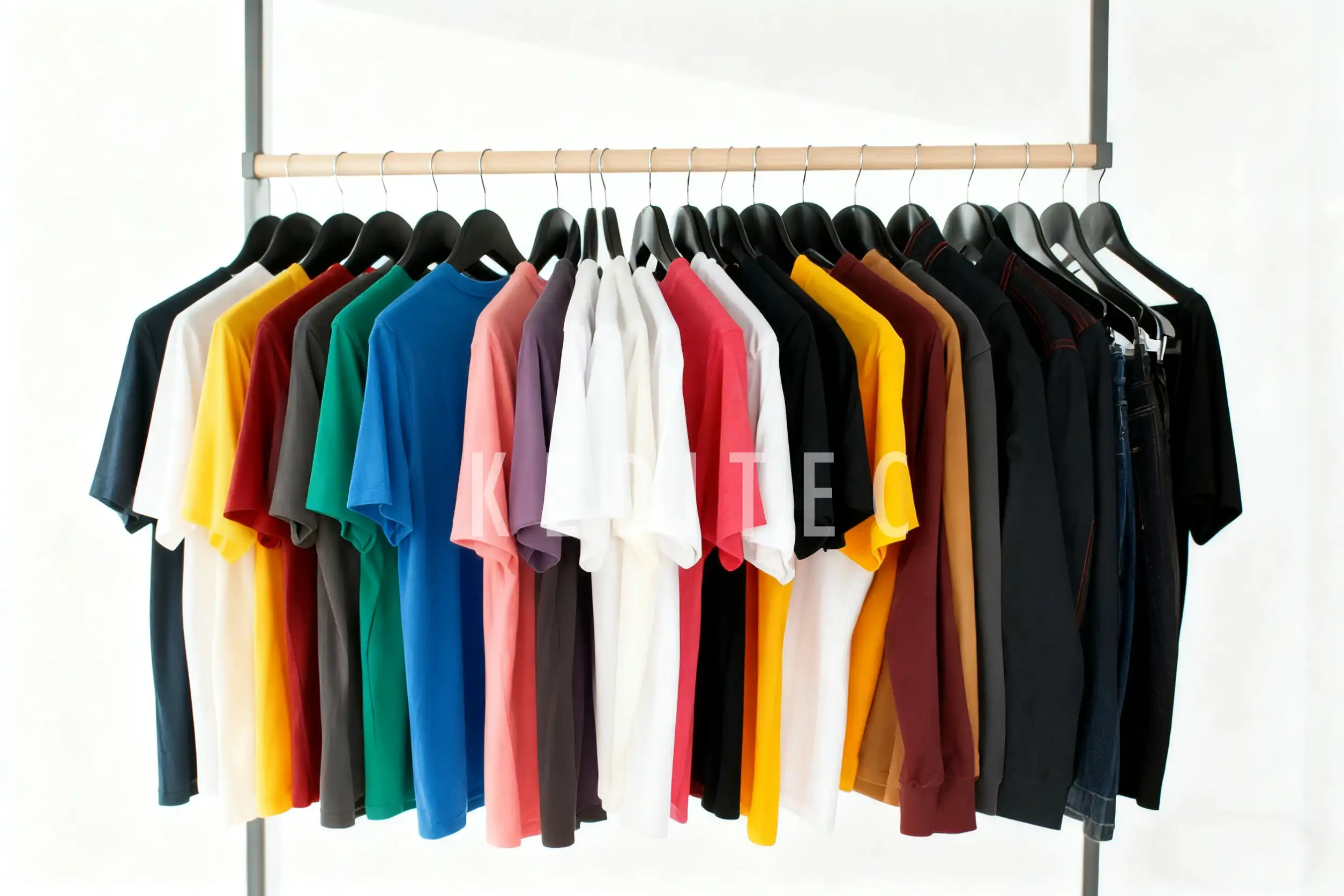
2. 4 Mainstream Printing Methods, with Their Advantages, Disadvantages, and Suitable Scenarios Clearly Explained
In 2025, these four are still commonly used, but their applicable scenarios have become clearer. When choosing, just compare them with your own needs:
1)DTG (Direct to Garment Printing): Choose this for printing fine patterns on cotton T-shirts.
Advantages
It can print particularly complex patterns, such as photos and watercolor paintings with gradient effects. The color reproduction is very high, and it feels soft to the touch, not hard. Moreover, small batch orders do not require plate making, and even 1 piece can be printed.
Shortcoming
It is only suitable for clothes made of cotton or with a very high cotton content. If printing on polyester fabrics, color bleeding is likely to occur. For dark cotton T-shirts, a layer of white ink base must be applied first, which will increase the cost a bit, and the printing time for a single piece is also longer than that of other methods.
Who is it suitable for?
Small studios that want to customize cotton T-shirts, or individuals who want to print photos on T-shirts as a souvenir, you can’t go wrong with this one.
2)DTF (Direct-to-Film Printing): A versatile option that can print on any fabric
Advantages
Whether it’s cotton, polyester, wool, or elastic fabrics, they can all be printed on, and the colors printed on dark fabrics are particularly saturated. It is efficient for small and medium batch orders, with lower costs than DTG, no need for plate making, and is suitable for orders ranging from 30 to 500 pieces.
Shortcoming
When printing large-area patterns, there may be a slight sticky feeling on the edges (the new 2025 material has improved a lot). Compared with screen printing, the cost is still a bit higher for large quantities.
Who is it suitable for?
If you run a custom shop and want to handle orders for various fabrics, or need to quickly produce small to medium batches of goods, choosing DTF is basically a safe bet.
3)Screen printing: It is the most cost-effective choice for large-volume orders with solid colors.
Advantages
Printing solid colors and large color block patterns is particularly vivid, and it is especially wash-resistant. It doesn’t fade easily even after many washes. The larger the order quantity, the more cost-effective it is. For orders of more than 1,000 pieces, the cost per piece can be pressed very low.
shortcoming
Each additional color requires a separate plate, and the plate fee is not cheap, so small-batch orders are not cost-effective. Complex gradients and photo patterns cannot be printed, and with more colors, misalignment in overprinting is prone to occur.
Who is it suitable for?
For factories that produce corporate culture shirts, event group uniforms, or mass-produce basic T-shirts, screen printing offers the highest cost-effectiveness.
4)Thermal sublimation: It is used for full-panel printing on polyester sports T-shirts.
Advantages
The full-page printed patterns are especially beautiful, with no stitching marks. Moreover, they feel free of stickiness, have good breathability, and are particularly suitable for sportswear. There’s no need for plate making, and the efficiency is high for small and medium batch full-page orders.
Shortcoming
Only 100% polyester fabrics can be printed; cotton fabrics cannot be printed at all. The printing effect on dark polyester fabrics is average, and the cost is also a bit higher than that of DTF of the same size.
Who is it suitable for
For those who specialize in customizing sportswear and quick-drying T-shirts, or want to print full-body all-over patterns, heat sublimation is the first choice.
3, how to choose according to different needs? Just find the right fit directly.
No need to memorize complicated formulas. Just go by your own identity and needs, and you’ll understand it at a glance:
For those running a business and opening a store: Choose technology based on your business direction
1) Running a niche customization studio (mainly taking small orders of 1-50 pieces)
The core need is to be able to print complex patterns and adapt to various fabrics. It is recommended to equip with DTG and a small DTF. DTG handles fine patterns on cotton T-shirts, while DTF supplements the needs for other fabrics. The initial investment is not too high, making it suitable for small stores to earn premiums through personalized customization.
2)Doing e-commerce customization (mainly medium and small orders of 30-500 pieces)
The focus is on efficiency and fabric adaptability. Choosing DTF as the main option is sufficient, and large orders can be outsourced to screen printing. This way, you don’t have to invest too much in equipment costs, and you can quickly respond to orders, making profits through volume and repeat purchases.
3)Engaging in mass production (large orders of more than 1,000 pieces)
Cost and production capacity are the most important. Choose a fully automatic screen printing production line, and add a heat sublimation device to handle polyester full-version orders. It is suitable for factory-scale operations, making money through small profits but quick turnover.
4)Doing sportswear customization
- Focus on polyester fabrics, mainly using heat sublimation, and add a small DTF to handle occasional small orders of cotton blends. Highlighting the feature of “breathable and no glue feeling” allows for higher prices.
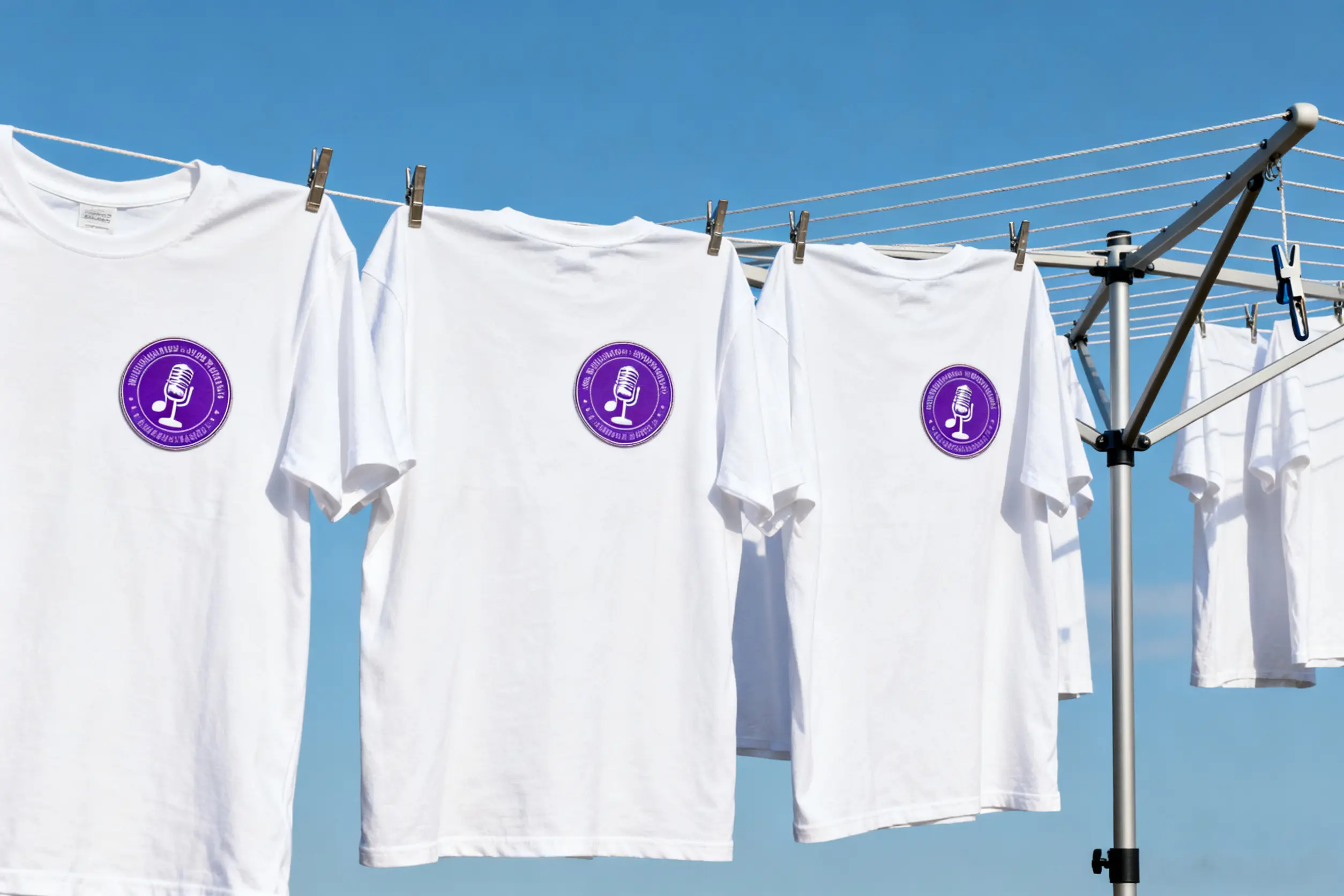
Personal customization: Find channels according to order needs
You don’t need to buy equipment to make your own T-shirts; just find an online customization platform. The steps are very simple:
First step: Figure out three questions: Do you want a cotton T-shirt or a polyester T-shirt? Are you printing
1 piece or dozens of pieces? Is it a photo, a logo, or a simple slogan?
Second step: Choose the printing method according to your needs:
- Cotton T-shirt + 1 piece + photo: Find a store that does DTG;
- Multiple fabrics + 10 pieces + logo: Find a store that does DTF;
- Cotton T-shirt + 50 pieces + slogan: Find a store that does screen printing;
- Polyester T-shirt + 30 pieces + full-version pattern: Find a store that does heat sublimation.
Third step: Tips to avoid pitfalls:
- When providing design files, choose PNG format with a resolution of 300 DPI; otherwise, the printed result will be blurry;
- Ask clearly whether environmentally friendly materials are used, especially for clothes worn by children;
- Place orders for small-batch orders 3-5 days in advance; rush orders will be much more expensive.
4. Frequently Asked Questions to Address Your Main Concerns
- Which printing quality is the best?
There is no absolute best; it depends on your needs: Choose DTG for printing photos on cotton T-shirts, DTF for printing logos on multiple fabrics, screen printing for large quantities of solid colors, and heat sublimation for full-version polyester. - Can you still make money opening a T-shirt printing shop in 2025?
Yes, but you need to choose the right direction: Make money through premiums with niche customization, through volume with mass production, and through higher profits with high-end mixed craftsmanship. Don’t follow the trend of homogenization; just highlight your own characteristics. - How to prevent printed T-shirts from fading?
Choosing the right printing method is key. Then, pay attention when washing: Wash inside out, don’t use water that’s too hot, don’t use bleach, and don’t expose to strong sunlight when drying. When customizing, you can also ask the merchant if they can guarantee that the color won’t fade after multiple washes.
5. Summary: The Core of Choosing Printing Methods in 2025
In fact, it’s just one sentence: Don’t focus on “which technology is advanced,” but on “what your own needs are.” For store owners, determine the technology combination based on business; for personal customization, find the corresponding channel based on fabric, quantity, and pattern.
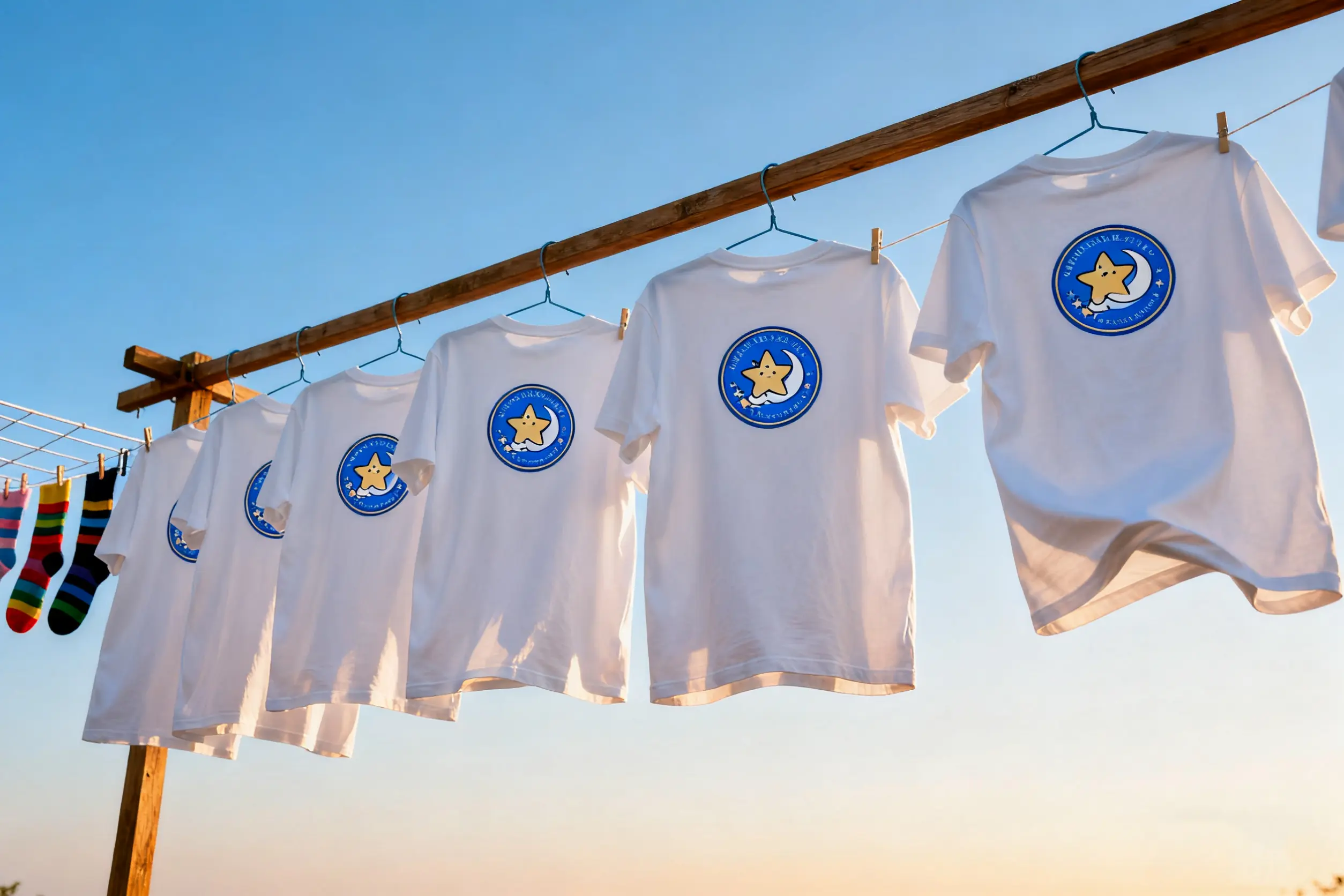
Nowadays, printing technology is becoming more and more mature. As long as you choose the right one, whether it’s opening a store to make money or making a few exclusive T-shirts, you can do it with peace of mind and satisfaction.
